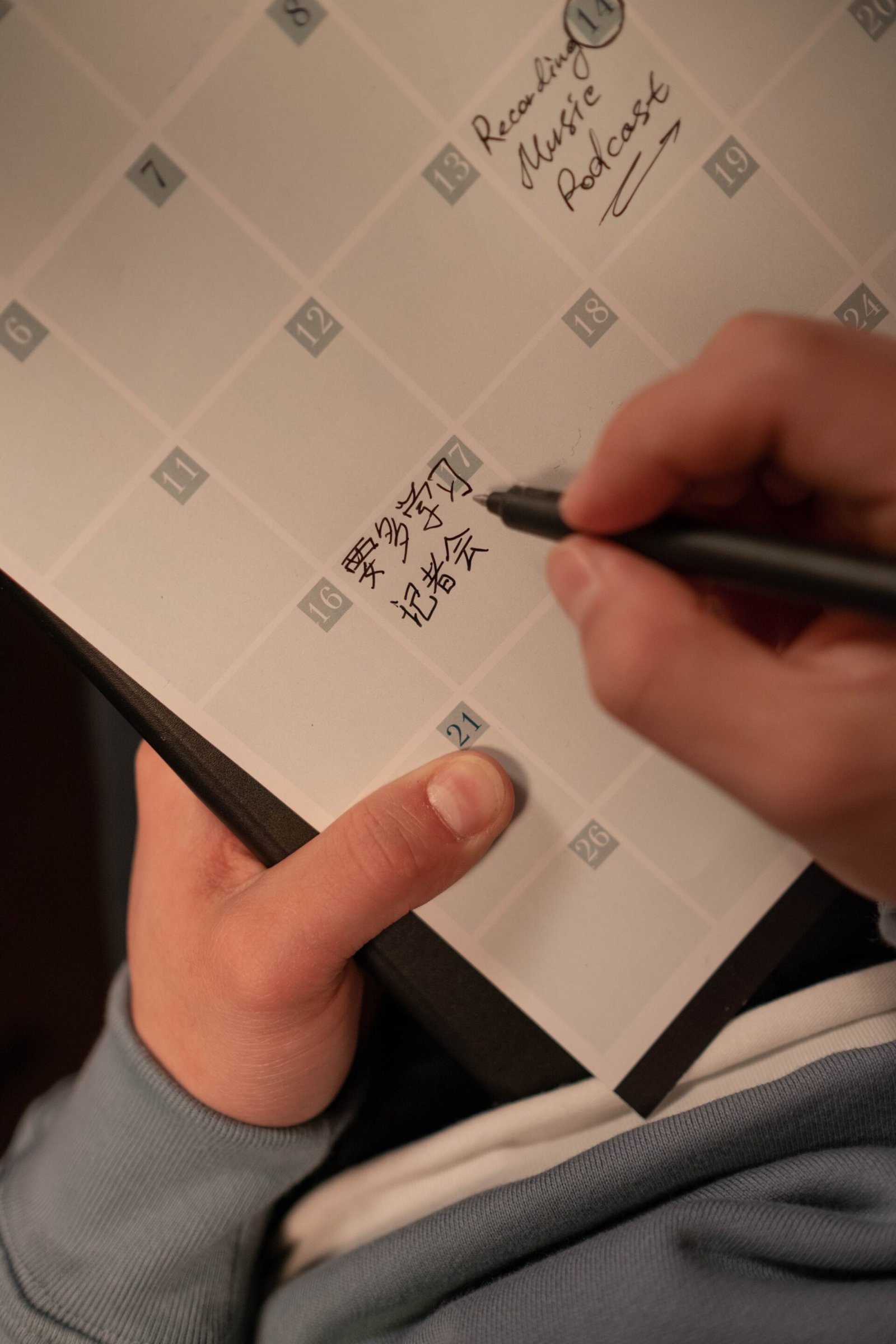The Chinese calendar is a lunisolar calendar, which means it is based on both the movements of the moon and the sun. Unlike the Gregorian calendar that is widely used in the Western world, the Chinese calendar has a leap month system. In this system, an additional month is added to the calendar every two to three years to synchronize the lunar and solar calendars.
The Chinese calendar is based on the phases of the moon, which has a cycle of approximately 29.5 days. Therefore, each month in the Chinese calendar begins on the day of the new moon and ends on the day before the next new moon. A year in the Chinese calendar typically consists of 12 lunar months, which are approximately 29.5 days each, adding up to a total of around 354 days.
However, the solar year, which is based on the movement of the earth around the sun, is approximately 365.24 days. This means that the Chinese lunar year is around 11 days shorter than the solar year. To make up for this difference, the Chinese calendar has a leap month system, which adds an additional month to the calendar.
The leap month in the Chinese calendar is called an intercalary month, which is inserted after a regular month. It is denoted by a repetition of the preceding month’s number. For example, if the leap month follows the sixth month, it will be called the “sixth month (2nd)” or “intercalary sixth month.” This allows the calendar to maintain the traditional order of the months and avoid confusion.
The addition of a leap month ensures that important holidays and festivals in the Chinese calendar, such as the Chinese New Year and Mid-Autumn Festival, occur during the appropriate seasons. The leap month system also ensures that the traditional Chinese zodiac, which is based on a 12-year cycle, remains accurate.
The leap month system has been in use in China for over 2000 years and is still widely used today. The decision to add a leap month is made by a special committee of the Chinese government, which considers factors such as astronomical observations and the traditional Chinese calendar.
In conclusion, the Chinese calendar has a leap month system that adds an additional month to the calendar every two to three years to synchronize the lunar and solar calendars. This system ensures that important holidays and festivals occur during the appropriate seasons and that the traditional Chinese zodiac remains accurate
Read More:
